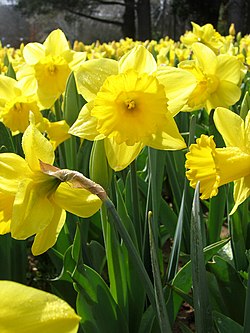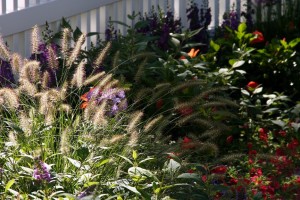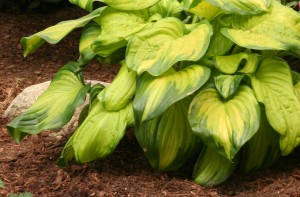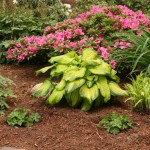Well, the time is approaching~
with daylight shortening and nights cooling, any houseplants you moved outside need to come back indoors. Not so for any pests that might be hiding on their leaves and stems. I don’t know about you, but when I get ready to bring them in, I have a bit of rearranging to do before they come in. My houseplants love their outdoor summer vacation. The bright light, fresh air, and quenching rains do wonders for their health. They grow more robust and get charged up for the rest of the year.
First things first, before you bring in those plants, look them over carefully. Thoroughly inspect each plant. I remove damaged leaves and spent flowers. If there’s signs of pests—mottled or sticky leaves, tiny webs—or tiny insects moving about, I take care of them before bringing the plants indoors. Far worse than the harmless hitchhikers are the ravenous plant pests. While they’re outdoors, spider mites, whiteflies, thrips, and aphids are kept in check by predators and environmental conditions. Indoors, these pests can rapidly get out of control. That’s why inspection and cleaning are crucial
Give leaf tops and undersides a good hosing with a strong, but not damaging stream of water. This dislodges larger caterpillars or spiders and often takes care of harder-to-see pests like aphids. Bugs love to hide in the plants leaves. If it is a small plant without a whole bunch of leaves, you can simply wash each leaf off. All you need is a bucket of warm water with some dish soap mixed in. Bugs hate soap, and it will either kill them or make them move off your plants. With a rag, wipe down the leaves with the warm soapy water. Recently I read about an interesting way you can do this if your plant has a lot of leaves – turn the plant upside down, stick the plant’s top into the warm soapy water and gently swish the plant around to wash the leaves off. If you do it this way, you will need to place your hands over the soil to keep the dirt from coming out of the pot.
You can also use an insecticide or insecticidal soap, and to get rid of scaly bugs and eggs or you can use rubbing alcohol. Whichever method you choose, make sure that you do it in the shade to prevent the sun from damaging your plants.
Next, check the soil for bugs. If you find bugs in the soil, you can take the plant and submerge the entire pot in water. Allow it to soak at least an hour. They should surface and you can skim them off of the top of the water.
Once you have your houseplants washed, and soaked, it is time to bring them closer to the house. It is always a shock to your plants to go from one environment to another and it’s not unusual for your houseplants to show signs of stress when you bring them indoors. If you had your plants right out in the open, you will want to get them accustomed to the inside. If you have a porch, bring them in there for a week or two to help them acclimate. Do this only if you have the time before it freezes though. If you bring them directly indoors, try to put them in a place with the same level of light they had outdoors. Also, mist them with water to keep humidity high.
If you have any questions, tips or ideas-please, we encourage you to share them!



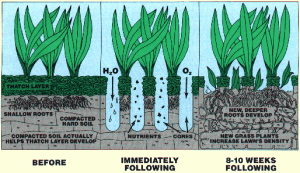

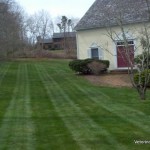
 Now is the time
Now is the time 